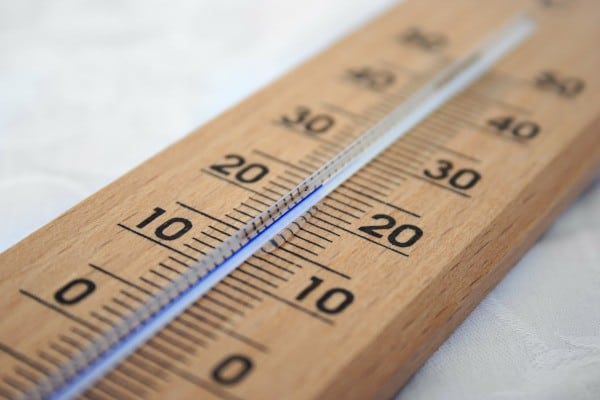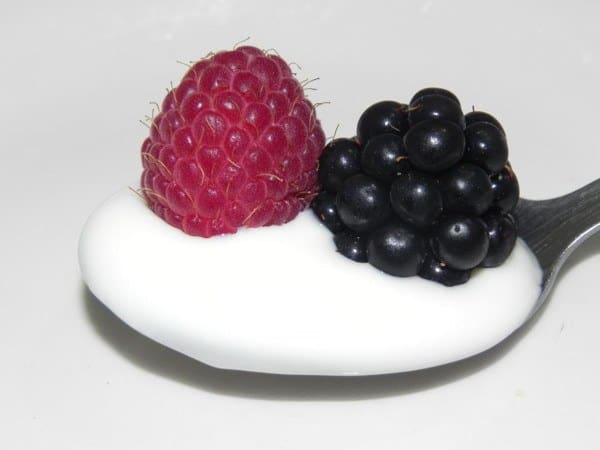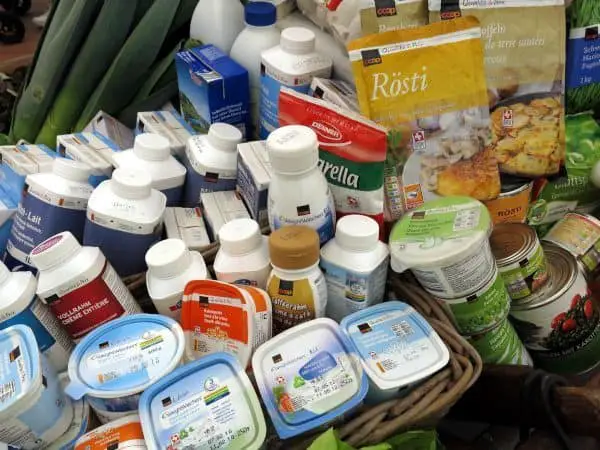Yogurt is a widely consumed food across cultures and demographics and has been consumed for a very long time. Conventionally, yogurt was made by culturing milk with live bacteria. However, with food technology advancing with time, the process to make yogurt has also become advanced and a little complex than the simple culturing of live bacteria. The reason is also that the yogurt you buy in the market is packaged and pasteurized for preservation.

The pasteurization process often involves pasteurizing the milk and not the yogurt itself. The milk is heated at 85 degrees (Celsius) for half an hour to kill the inherent pathogenic bacteria. To increase the speed of the process, the milk can also be heated at 95 degrees (Celsius) for just 10 minutes. After this is done, the hot milk is then made to cool down in order to make yogurt.
The temperature at which the milk is cooled down is between 44.4 C and 46 C. The time duration for which the heating and cooling is done is greatly dependent on the desired thickness of the final product.
Table of Contents
Temperature Settings
Temperature is one of the most important factors to keep in consideration while processing yogurt. The right temperature decides the texture and the thickness of the yogurt. If the temperature is too high, the bacteria that are important to the yogurt will get damaged. If the temperature is too cold, the culture will not develop in the required time. It is vital to know what temperature kills the yogurt culture.

Temperature can be a difficult variable to control since there are a lot of factors that affect its regularity, especially for countertop cultures. Yet, there are several ways to control the environment to keep the cultures from damaging. For instance, test the temperature before placing the cultures in that area through simple activities like placing a jar of water at room temperature in the culturing area and taking temperature readings at regular intervals. This will ensure that the environment in which the culture is grown is right and the temperature is what it should be.
What Temperature Kills the Culture?
As a rule, yogurt needs to be cooled down before adding the bacteria for processing. If the bacteria are added before the yogurt cools down, they get killed due to the excessive heat. Technically, the bacteria are killed at temperatures above around 54 degrees (Celsius). They can only ferment the yogurt when they are added after cooling down the yogurt.
With more and more modifications being done in natural processing, the yogurt that’s sold in the market is often treated after they have been fermented and cultured. This also kills the bacteria and thus the final product is devoid of live cultures.
Even though yogurt is made of heat-loving bacteria (thermophiles), they can’t survive in temperatures above 55 degrees (Celsius). Hence, it’s important to let the milk cool down to at least a lukewarm temperature before adding the bacteria in it to ferment the mixture. An ideal temperature range to add the bacteria is 37 degrees (Celsius) to 50 degrees (Celsius).
Maintaining Temperatures in Different Seasons
Different seasons need different ways to maintain the right temperature. In winters, cultures need to be kept warm by things like keeping the yogurt jars in an oven and maintaining a constant temperature.

Let’s take a look at different ways in which you can keep yogurt cultures warm in winters.
While you need to keep the cultures warm in winter, it is imperative to keep it cool in summers. There are different ways to achieve this without making things too complicated. Some simple remedies are as follows:

According to the rules of the Food and Drug Administration (FDA), yogurt should be made from live and active cultures. Heating the yogurt beyond a certain temperature as discussed above will kill the bacteria and devoid the yogurt of any active cultures.
It’s important for the bacteria to sustain since it helps the yogurt become thicker and keeps it from running. It also affects the taste of the yogurt, making it acidic or neutral depending on the duration it is fermented for and the temperature maintained in the process.
This is why it’s critical to know what temperature kills yogurt culture and to maintain the correct temperature and understand how it affects the final product that turns out post-fermentation and processing.
Resources:
Cultures for Health
Backyard Farms
